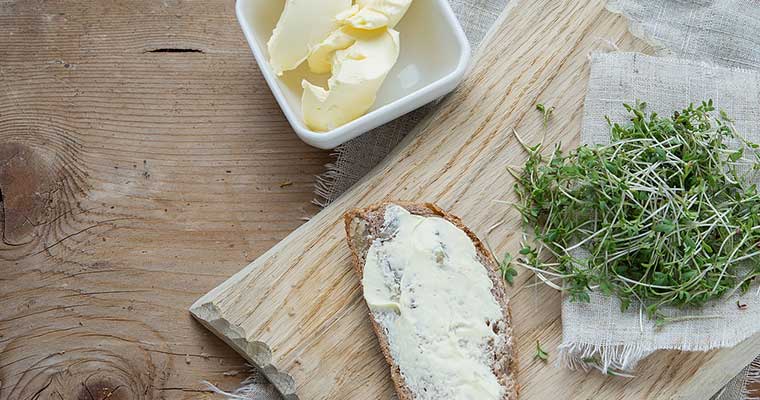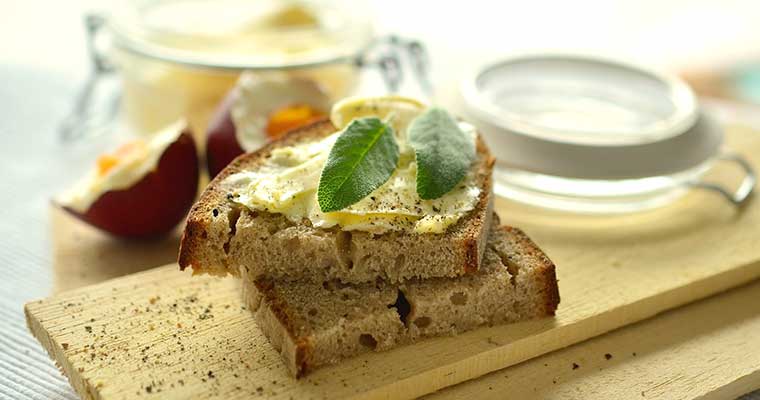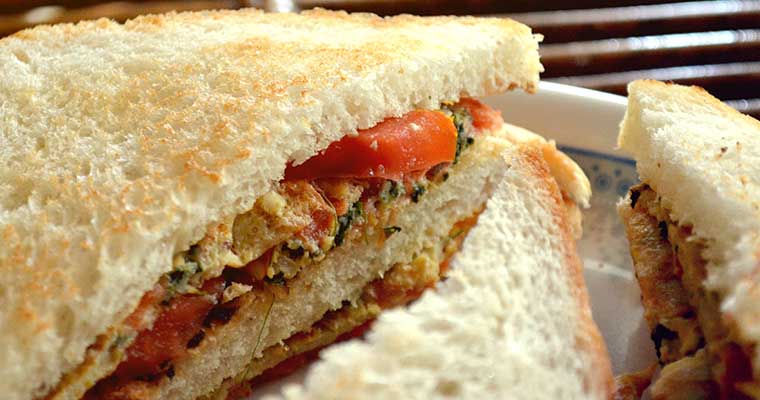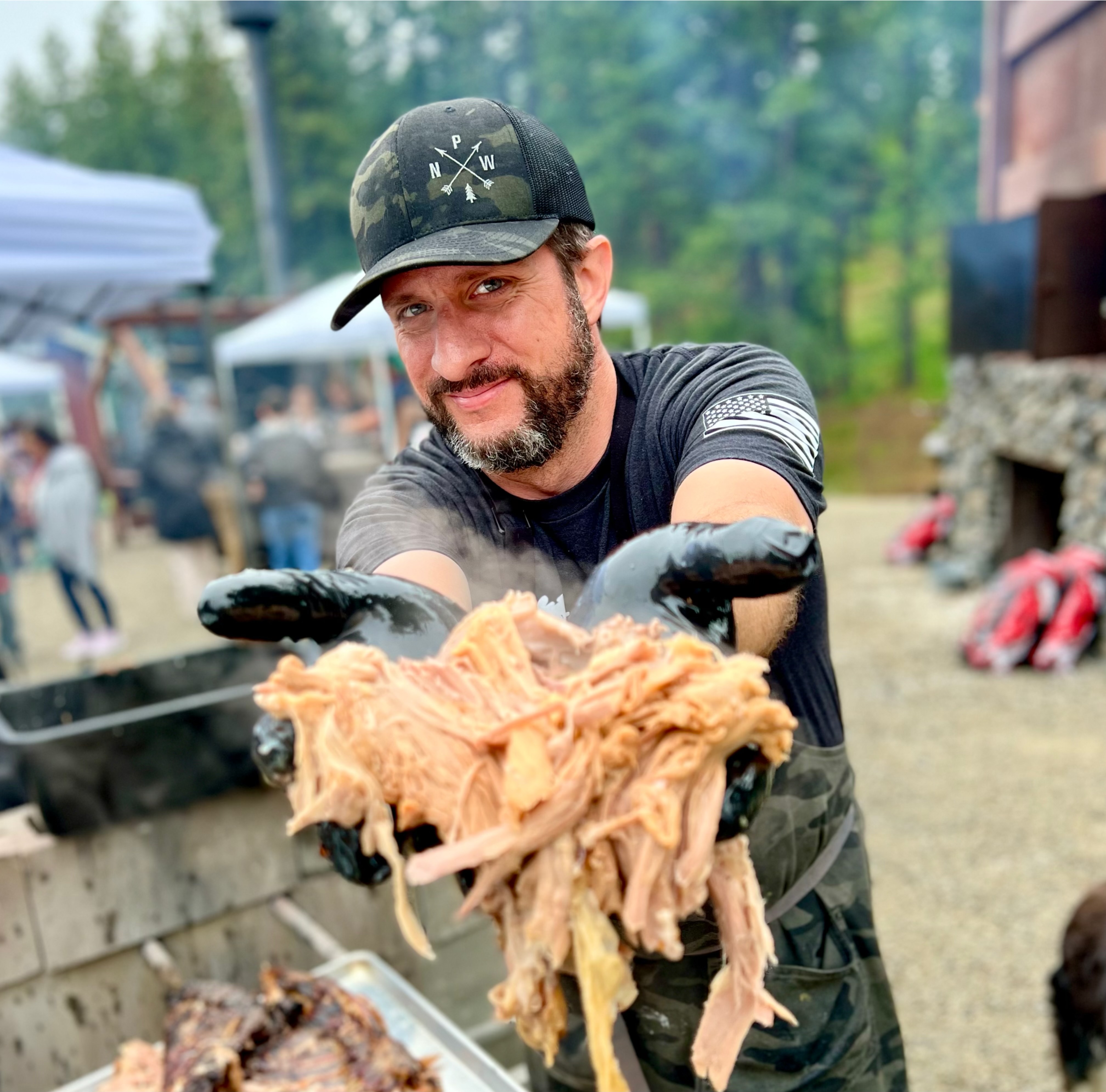SMOKED AND SEARED HONEY GARLIC PORK CHOPS
In the world of grilling, pork chops don’t get enough love as they should. They tend to be upstaged by beef cuts such as ribeye, New York strip, and filets. But pork chops do have some things going for them: they’re leaner cuts, they’re usually…





























